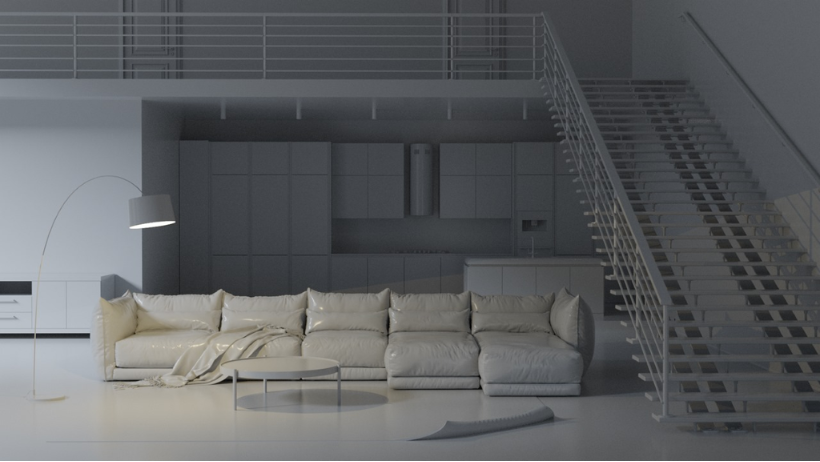In the fast-paced world of 3D design, artists need tools that give them more control and flexibility. One such tool is the render override feature in V-Ray for Maya. It’s designed to help you make changes during rendering—without touching the original scene.
At 3S Cloud Render Farm, we understand how valuable this feature is. Whether you’re a freelancer or part of a big studio, render override can save you time and simplify your workflow.
What Is Render Override?
Render override lets you change certain settings in your scene only at the time of rendering. These changes don’t affect your original scene data. Instead of creating separate versions of your Maya file, you can simply override settings like:
- Materials
- Lights
- Cameras
- Visibility
- Environment and render settings
For example, if you want to test different lighting options, you don’t need to duplicate your scene. Just apply a render override to your light setup and hit render.
Why Use Render?
There are many reasons why 3D artists use render override in V-Ray for Maya:

- Speed Up Test Renders
You can override textures with a clay material to preview lighting faster. - Switch Cameras Quickly
Use a different camera for rendering without changing the layout or animation camera. - Render Layers Efficiently
Apply unique overrides to each render layer—like hiding certain objects or applying different lights. - Experiment Without Risk
All overrides are temporary. Your original file remains untouched. - Cleaner File Management
No need to save multiple versions of your Maya file just for small rendering tweaks.
>>> Read more: Exploring the VFX Production Process at 3S Cloud Render Farm
How to Set Up Render Override in V-Ray for Maya
Setting up a render override in V-Ray for Maya is easy using Maya’s Render Setup system. Here’s a basic guide:
1. Open Render Setup
Go to Windows > Rendering Editors > Render Setup.
2. Create a Render Layer
Click “Create New Layer” and name it clearly. Add the objects you want to include in this layer.
3. Add Overrides
Right-click on the property you want to override (material, light intensity, camera, etc.) and choose “Create Override.”
You can now:
- Assign a new material
- Change lighting properties
- Switch the render camera
- Hide objects
- Use different render settings
4. Render with Overrides
Activate the render layer and hit render. V-Ray will apply the overrides only for that layer. Your main scene stays exactly the same.
Real-World Use Cases
Let’s look at some popular ways artists use render override:
| Use Case | Description |
|---|---|
| Material override | Apply a flat gray material to all objects to check shadows and lighting. |
| Lighting override | Try out different HDRI setups without changing the main scene. |
| Camera override | Use a different camera with special settings like depth of field. |
| Render settings override | Apply lower sampling just for test renders to save time. |
| Visibility override | Hide background or heavy assets like trees during look development. |
These examples show how render override helps with faster, cleaner, and smarter rendering.
Best Practices for Render Override
To get the most from render with override, follow these tips:
- Always double-check your active layer before rendering.
- Use clear and simple names for overrides.
- Group overrides logically to avoid confusion.
- Test overrides with low-resolution renders first.
- Keep your base scene organized and untouched.
>>> Read more: Mastering Lighting in Blender for Stunning Renders
Render Override at 3S Cloud Render Farm
At 3S Cloud Render Farm, we support V-Ray for Maya projects with full render override functionality. You can upload your scene using render layers and overrides, and our farm will process each layer exactly as you set it up.
This helps you:
- Render different passes in parallel
- Save time on scene management
- Get faster feedback from clients
- Avoid redoing scene setups
Whether you’re creating animations, product visuals, or architectural scenes, render override helps you maintain flexibility while keeping your base file safe and clean.
Conclusion
The render override feature in V-Ray for Maya is a must-know for serious artists. It improves workflow, speeds up rendering, and reduces the need for file duplication. Once you start using it, you’ll wonder how you worked without it.
If you’re looking for a render farm that fully supports advanced V-Ray features like render override, look no further than 3S Cloud Render Farm. Let us handle your heavy renders—so you can focus on creativity.
